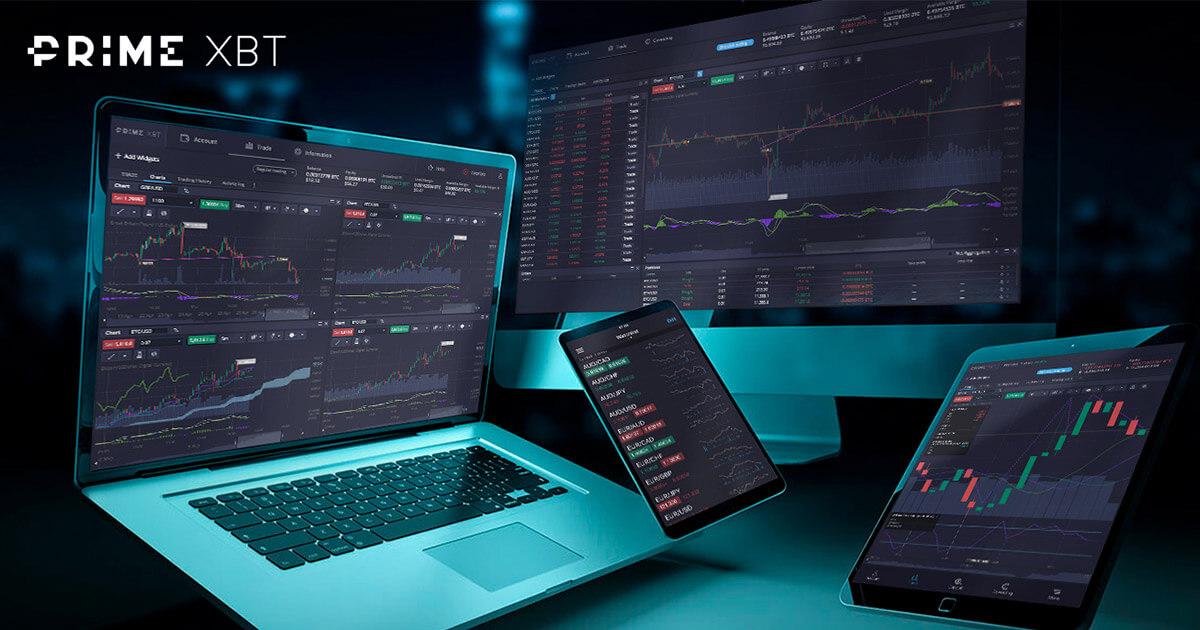
Strategies PrimeXBT Forex Trading
In the fast-paced world of Forex trading, having a solid strategy is crucial for success. The volatility and complexity of the Forex market pose challenges that can be effectively navigated with the right trading strategies. Whether you’re a beginner or an experienced trader, understanding various Forex trading strategies on platforms like Strategies PrimeXBT Forex Trading https://primexbtforex.com/strategies/ can significantly improve your trading performance. This article will cover several essential strategies in Forex trading, offering insights on how to implement them successfully.
Understanding Forex Trading
Forex trading involves the exchange of one currency for another, allowing traders to speculate on the changing values of currencies. As the largest financial market in the world, Forex trading presents remarkable opportunities for profits, yet also entails substantial risks. With the right strategies, traders can harness these opportunities while managing risks. In Forex, every move by a trader must be analytical and strategic.
1. Trend Following Strategy
The trend-following strategy is a popular approach among Forex traders. This strategy rests on the premise that prices tend to move in trends. Traders employing this method will look for an established trend and aim to ride it for as long as possible. There are various tools available for identifying trends, such as moving averages, trend lines, and the Relative Strength Index (RSI). The key is to enter a position when a trend is strong and exit when it shows signs of reversal.
Implementing the Trend Following Strategy
To implement this strategy effectively, traders should:
- Use multiple time frames to validate the trend direction.
- Utilize technical indicators like moving averages to confirm trends.
- Set stop-loss orders to manage risk in case the trend reverses unexpectedly.
2. Breakout Trading Strategy

The breakout trading strategy focuses on entering the market when the price breaks through established support or resistance levels. A breakout can signal the start of a new trend, allowing traders to capitalize on rapid price movements. Traders monitor key levels and look for strong volume that accompanies the breakout, which indicates a higher probability of a sustained move.
Key Components of Successful Breakout Trading
To enhance the effectiveness of the breakout strategy, traders should:
- Identify major support and resistance levels before trading.
- Wait for a confirmation candle (a candle that closes above or below the breakout line) before entering a trade.
- Utilize volume indicators to confirm the strength of the breakout.
3. Range Trading Strategy
Range trading is used in a market where prices oscillate between defined levels of support and resistance. Traders using this strategy will buy at the support level and sell at the resistance level, capitalizing on the price fluctuations within this range. Range trading is particularly effective in consolidating markets where no clear trend is present.
How to Execute a Range Trading Strategy
To implement range trading effectively, consider the following steps:
- Identify established support and resistance levels.
- Use oscillators like the Stochastic RSI to find overbought or oversold conditions within the range.
- Set tight stop-loss orders to mitigate risk due to sudden breakouts.
4. Scalping Strategy

Scalping is a high-frequency trading strategy where traders aim to make small profits on numerous trades throughout the day. This strategy requires quick decision-making and execution as trades last from seconds to minutes. Scalpers focus on liquid markets and utilize technical analysis to identify entry and exit points promptly.
Tips for Successful Scalping
For effective scalping, traders should:
- Trade in high-volatility market conditions to maximize profit potential.
- Utilize low spreads to ensure profitable trades.
- Remain disciplined and adhere to a strict risk management plan.
5. Position Trading Strategy
Position trading is a longer-term strategy where traders hold positions for weeks, months, or even years. This strategy is less about daily market fluctuations and more about capturing larger price moves. Position traders rely heavily on fundamental analysis, economic indicators, and trends in market sentiment.
Implementing Position Trading
To successfully implement position trading, traders need to:
- Conduct thorough research on economic fundamentals and geopolitical events.
- Utilize technical analysis to identify entry points while managing risk with stop-loss orders.
- Be patient and avoid unnecessary early exits from trades.
Conclusion
Forex trading on platforms like PrimeXBT can be incredibly rewarding when armed with effective strategies. Traders can choose from a variety of strategies, each suited to different market conditions and personal risk tolerances. Whether you prefer scalping, trend following, or a longer-term position trading approach, the key is continuous learning and adaptation. As you develop and refine your trading strategies, always remember to manage risks effectively and stick to a disciplined trading plan to increase your chances of success in the Forex market.
